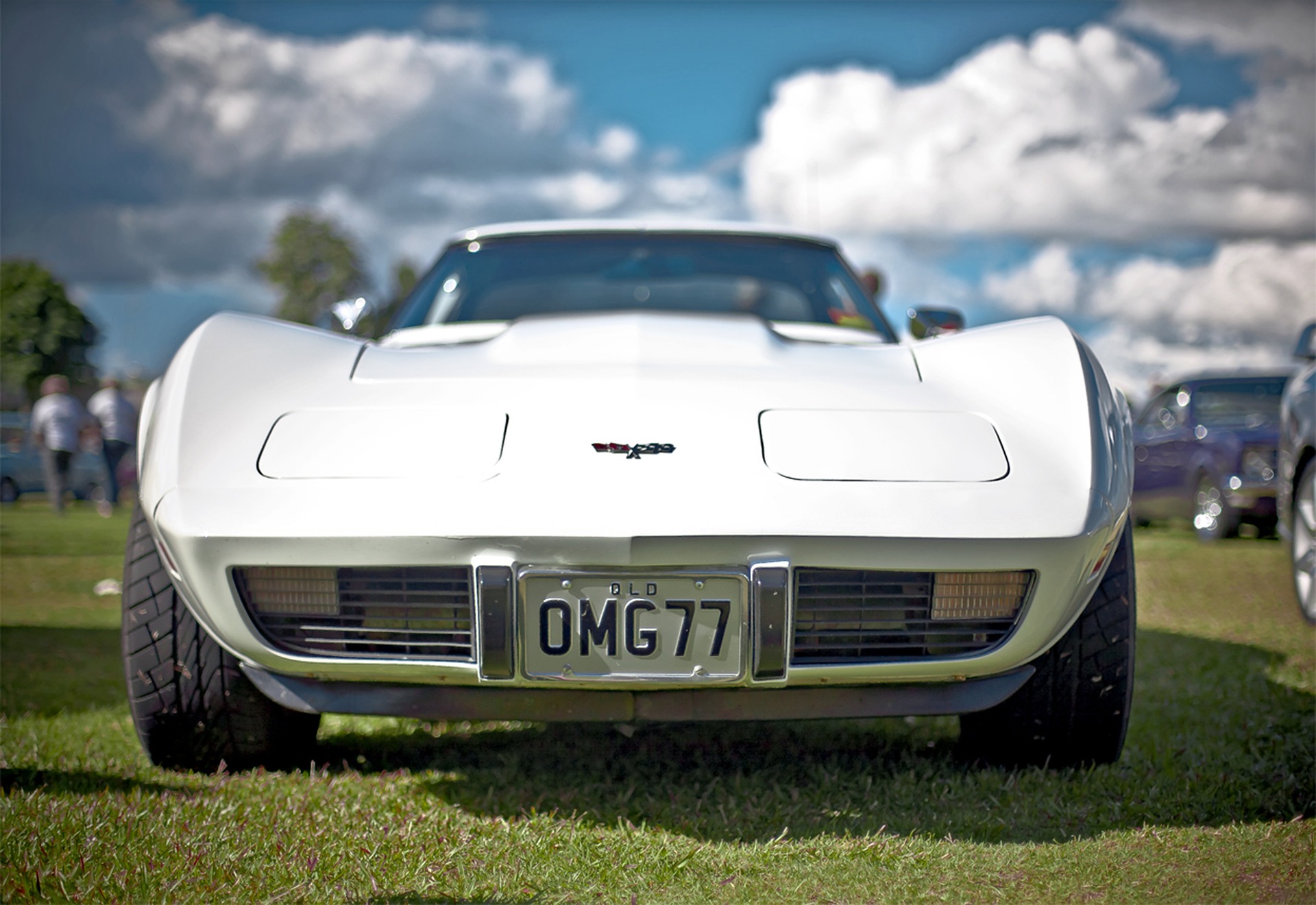Demystifying the Intricacies of Modern Automobile Differentials
Introduction: The differential, an integral yet often overlooked component of a car's drivetrain, is a mechanical marvel that ensures smooth and controlled driving. Delve into the evolution, workings, and the ground-breaking advancements of this key automotive technology.

A Glimpse into the Past: The Genesis of the Differential
Delving into the annals of automotive history, the differential has been a critical part of the car’s drivetrain since the dawn of the automobile. Its primary function is to distribute power evenly to the wheels, allowing them to rotate at different speeds—an essential aspect during turns. In the late 19th century, the early differentials were rudimentary, with Panhard et Levassor patenting one of the first practical examples. These early designs paved the way for the sophisticated systems we see today.
The Mechanics: How Differentials Work
The differential is a marvel of mechanical engineering. It comprises two main components: the pinion and ring gears. The pinion gear is connected to the driveshaft, and it meshes with the ring gear. The ring gear is attached to a carrier, which houses a set of smaller, planetary gears. These planetary gears divide the torque between the wheels. When the car turns, the planetary gears allow for the outer wheel to spin faster than the inner wheel, facilitating smoother and safer turns.
The Leap Forward: Advancements in Differential Technology
The automotive industry has seen a significant evolution in differential technology, with the traditional open differential being replaced by more advanced systems. The limited-slip differential (LSD), for example, has enhanced the driving experience by improving traction and stability. LSDs use a set of clutches or a viscous fluid to prevent excessive wheel spin in low-traction conditions. More recently, electronically controlled differentials have emerged, offering even greater control and versatility. These systems use sensors and actuators to continuously adjust the power distribution, adapting to changing driving conditions in real-time.
The Impact: Benefits and Challenges of Modern Differentials
Modern differentials, particularly the electronically controlled variants, offer several benefits. They improve handling, performance, and safety by optimizing power distribution. However, these advanced systems also pose some challenges. They are more complex, leading to higher production costs and potential maintenance issues. Furthermore, the reliance on electronics means that a software glitch could disrupt the differential’s operation.
Future Trends: The Road Ahead for Differential Technology
As the automotive industry continues to innovate, the differential isn’t being left behind. Experts envision a future with fully integrated electric differentials, combining the functions of the differential, transmission, and electric motor into a single unit. Such a system could offer unprecedented efficiency and control. However, this vision presents its own set of challenges, such as the need for advanced control algorithms and robust electrical components. Nevertheless, the journey of the humble differential continues, with its evolution mirroring the broader trends of the automotive world.
Final Thoughts: The differential, though not as glamorous as the engine or as visible as the bodywork, is a vital cog in the machine that is the modern automobile. Its evolution and continued advancement exemplify the relentless innovation that drives the automotive industry. From the basic open differentials of yesteryears to the cutting-edge electronically controlled units of today, this essential component ensures that we navigate the roads smoothly and safely.




